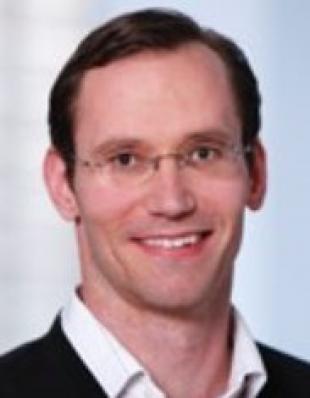Prof. Christoph Müller received his undergraduate degree (Dipl.-Ing.) from the Technical University of Munich, Germany, in 2004. In 2008 he earned his PhD from the University of Cambridge, UK (Department of Chemical Engineering). In 2010 he was appointed Assistant Professor at ETH Zurich, Switzerland. Since 2015, has has been an Associate Professor (tenured) of Energy Science and Engineering in the Department of Mechanical and Process Engineering at ETH Zürich. His research interests are the physics of granular media, CO2 capture and heterogeneous catalysis.

